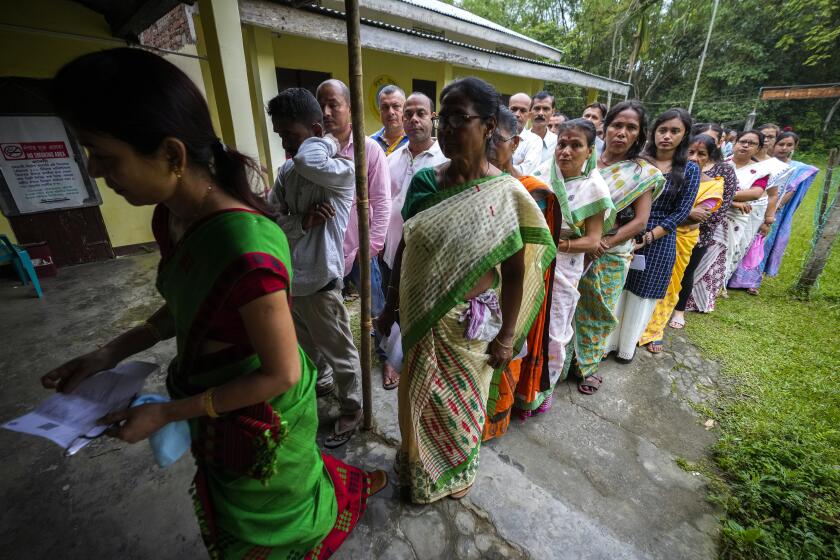The Cuban Gaudi transforms a neighborhood
Surrealist figures, inspiring phrases, colors and infinite curves created in rich mosaics have invaded Havana’s once run-down Jaimanitas neighborhood to the point it has become an important tourist attraction. It is all the work of Jose Antonio Rodriguez Fuster, the Cuban Gaudi.
“Gaudi was a genius and he got that little piece of Spain to create his art, while I got this little piece of Cuba,” the 72-year-old Fuster said when compared with the famous Catalan modernist architect who died in 1926.
Located on the extreme west side of Havana, the Jaimanitas neighborhood gradually became Fusterland, a name given it years later by a US journalist and which today has international fame.
In a process begun in 1994, the formerly dull houses are now aglow with colorful tile mosaics and decorated with sculptures, while their entrances exhibit poetic phrases and the names of their owners, beautified by Fuster.
It all began, the artist told EFE, about 25 years ago: “Everything I did was coming out insignificant so I started using the neighbors’ houses to develop my art.”
“A neighbor came over and said, your house is so pretty. I’m poor but I wish my house showed the words ‘Doña Iris,’ so at the door of her house I put ‘Doña Iris,’ he recalled.
“Doña Iris” was followed by the names of another two neighbors: “Princesa Diana” and “Maria Bonita,” and so “it all began to grow at people’s request, and I started decorating houses according to what the people wanted, as has been the case to this day,” he said.
Fusterland, whose streets are visited by hundreds of tourists every day, has as its chief temple the home of the patriarch, a four-story building covered with murals and sculptures of every kind, from virgins to Cuban flags, palm trees, animals and human figures, like the man with a Picasso-style face who embraces the rooftop terrace with open arms.
The Cuban artist said Picasso influenced his life, as did Gaudi, though his principal reference was the Romanian sculptor, painter and photographer Constantin Brancusi (1876-1957), creator of “The Gate of the Kiss,” a work that inspired the entrance to the Jaimanitas temple.
At the main door to his mansion, Fuster said he was also inspired by Jose Marti, from whom comes the phrase “Amor con amor se paga” (Love with love is repaid), written on the bench next to the entrance. “I believe this is the place I like best. I come at night and nobody’s here, and I sit on the bench and talk to the neighbors,” he said.
While Fusterland keeps growing with new mosaics on homes ond walls, the artist dreams of an arena of the people, a kind of stadium with multiple uses, and said “it already has the entrance and the name - it’s called ‘Alegria de Vivir’ (Joy of Life).”
The presence in the mosaics of Fidel Castro, Che Guevara and other leaders of the Cuban Revolution, plus the late Venezuelan President Hugo Chavez, makes one ask about the influence of politics on his work.
“Here in Cuba I don’t belong to any political organization or party. Neither left nor right nor centrist, neither here nor there, nor am I an environmentalist or religious. I’m just an ordinary Cuban, but I like to reflect on those historical moments,” he said.
Fuster trusts that his descendents will preserve and expand his legacy, specifically his grandson Iker Fuster, whose name is a combination of Spanish soccer great Iker Casillas and his grandfather’s second surname.
“He shows an interest in art, he is 6 years old. I think that in 10 or 15 years when he’s a young guy, he may be a painter, and I will be close to my 90s,” he said.

